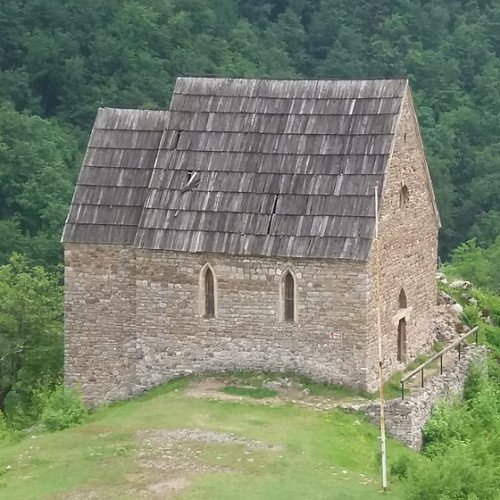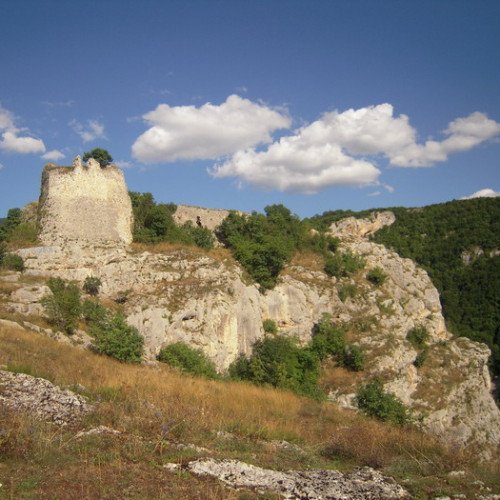Castles of "Bosnia and Herzegovina" BOBOVAC vs BORAČ (FORTRESS)

BOBOVAC
Bobovac (Serbian Cyrillic: Бобовац) is a fortified city of medieval Bosnia and Herzegovina. It is located near today's Vareš and the village of Borovica. It is protected site as a National monument of Bosnia and Herzegovina. HKD Napredak releases a monthly magazine called Bobovac. The city was built during the reign of Stephen II, Ban of Bosnia, and was first mentioned in a document dating from 1349. It shared the role of seat of the rulers of Bosnia with Kraljeva Sutjeska, however Bobovac was much better fortified than the other. Bosnian King Stephen Tomašević moved the royal seat to Jajce during his war with the Ottoman Empire. The Ottomans invaded the city in 1463. Its fall hastened the Ottoman conquest of Bosnia. Within its main walls' enclosure, the royal town of Bobovac had large residential area, the complex of places of worship with the Burial Chapel for the Bosnian Kings and the Grand Church, the Royal Court complex, separated from the rest of the town with its inner walls and forecourts or courtyards, designed with representative architectural elements in Gothic architectural style. Also, some elements and motifs were designed in Romano-Gothic distyle.
Statistics for this Xoptio

BORAČ (FORTRESS)
The Borač Castle (Serbian Cyrillic: Борач) was a noble court and one of the largest and most important fortified towns of medieval Bosnia, situated on top of rugged slopes high above the Prača river canyon, between Mesići and Brčigovo village, near modern days Rogatica town, in Bosnia and Herzegovina. Fortified castle was a seat of the Pavlović noble family. The family hailed and ruled from Borač. It is the first of two castles in their possession, which family used as a seat. Two castles were built in space of several decades and within few kilometers from each other, the second being Pavlovac, sometimes called New Borač or New Town. The new castle or New Town or New Borač is actually called Pavlovac, and is considered to be a new structure, also known simply as Novi (English: New) or Novi Grad (English: New Town), situated on top of rugged slopes above the Prača river canyon, near modern days Prača village, in Bosnia and Herzegovina. Problem exist in correct dating of its construction, but some medieval charters suggest 1392, or late 14th century, as time of its construction, during Radislav Pavlović at the family's helm.